When I was reading this article on Projective Texturing (9.3.2) on nvidia, I came across this graph:

(source: nvidia.com)
The order in which the transformations are written confused me. This is because I learned to read matrix multiplication from left to right and also because I thought the sequence of transformations should go in this order:

(source: nvidia.com)
Now my questions are the following:
Because Matrix multiplication is not commutative, what is the order I should do the multiplications in?
And if it is indeed in the same order as the sequence of transformations of normal objects, why is it written like this?
By the same order of sequence I mean something like this hlsl code:
float4 worldPosition = mul(input.Position, World);
float4 viewPosition = mul(worldPosition, View);
output.Position = mul(viewPosition, Projection);
Finally (and this is optional but might be usefull for others wondering the same), how would you write the HLSL code to do this projective texturing multiplication or how would you do the transformations if you passed the complete Matrix via XNA.